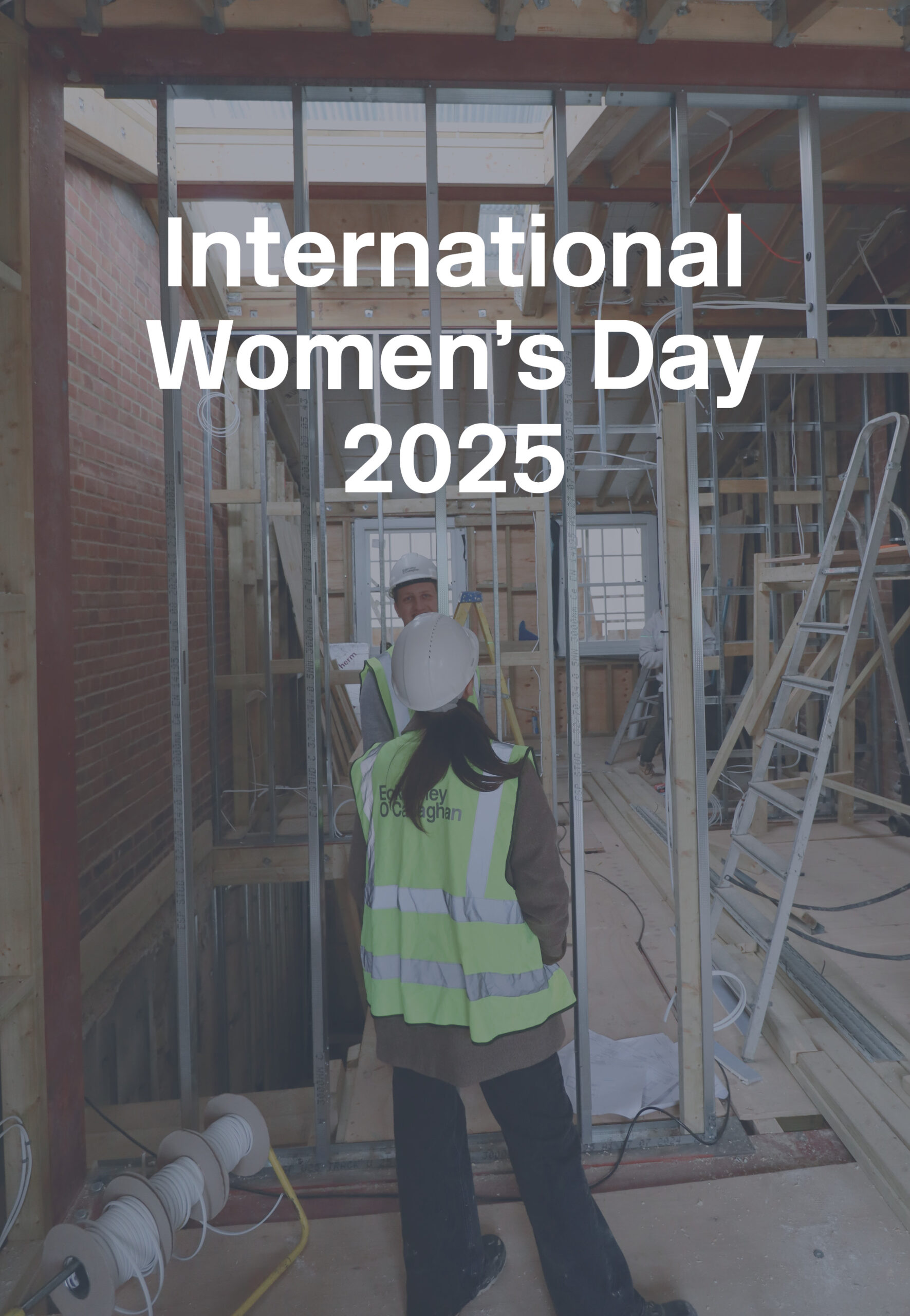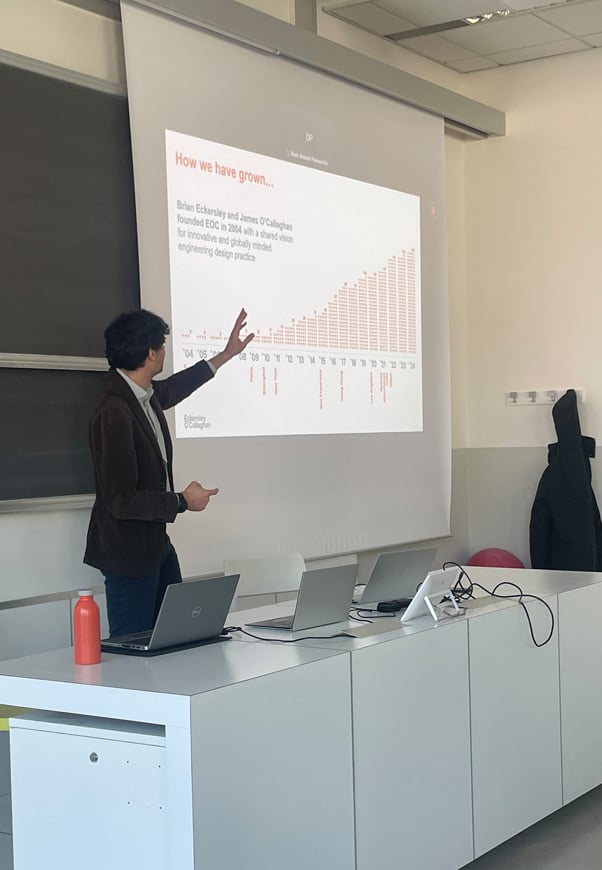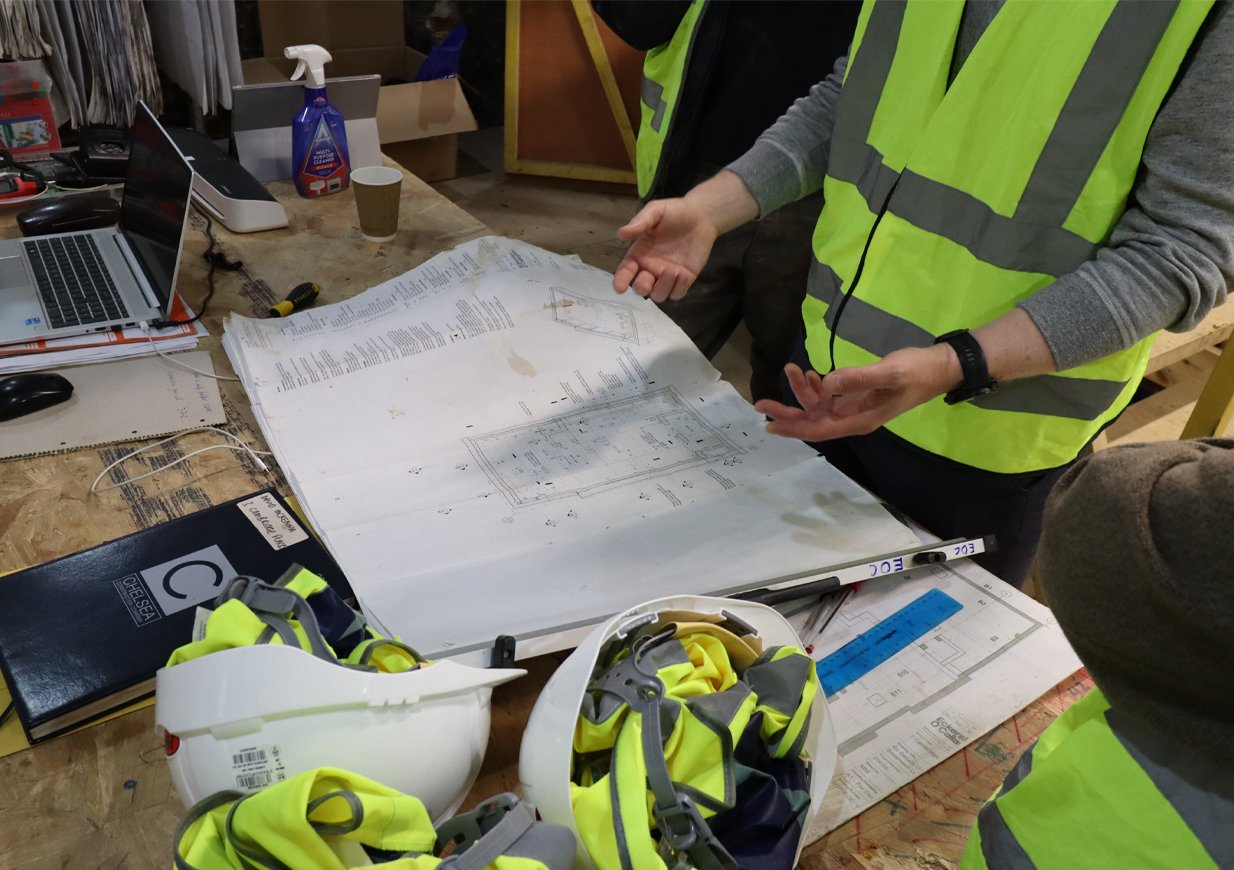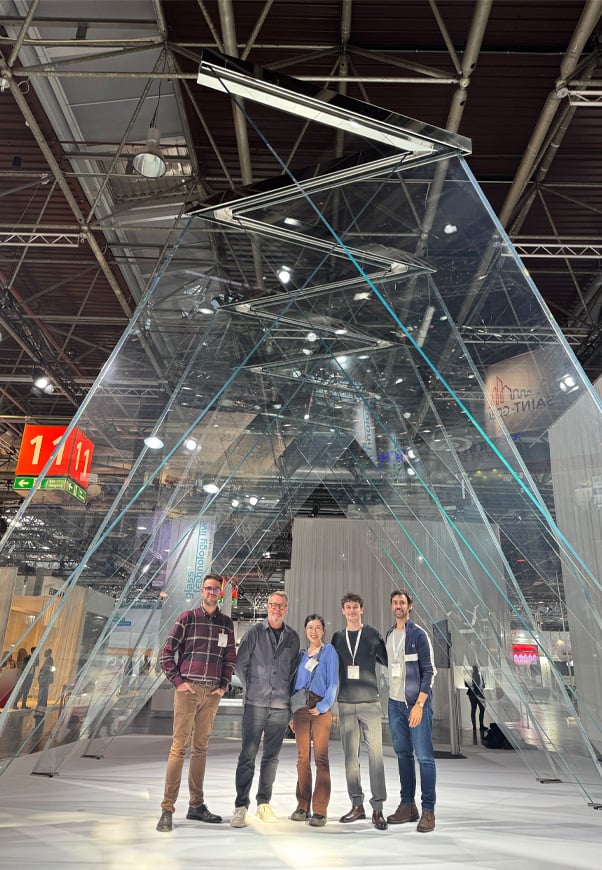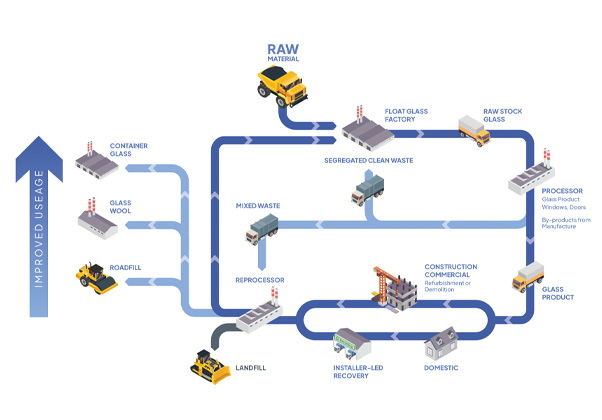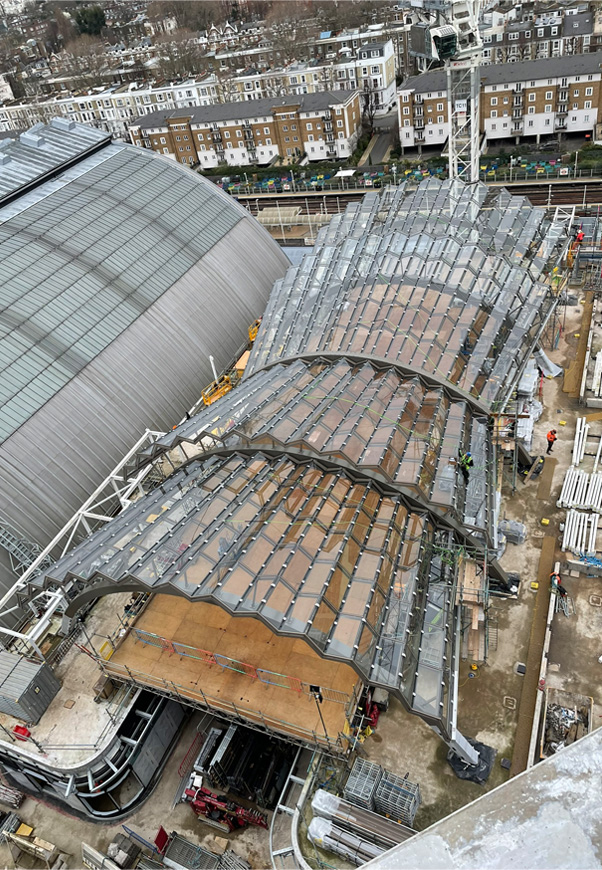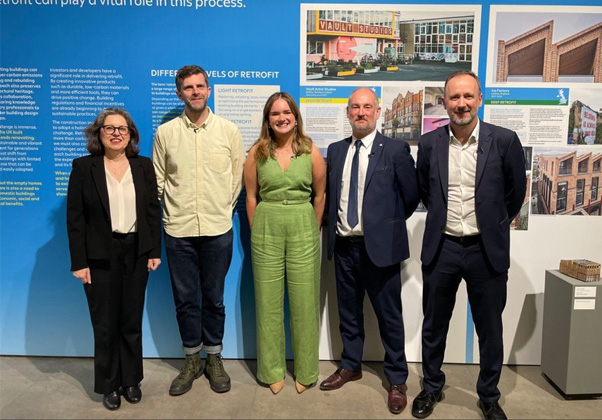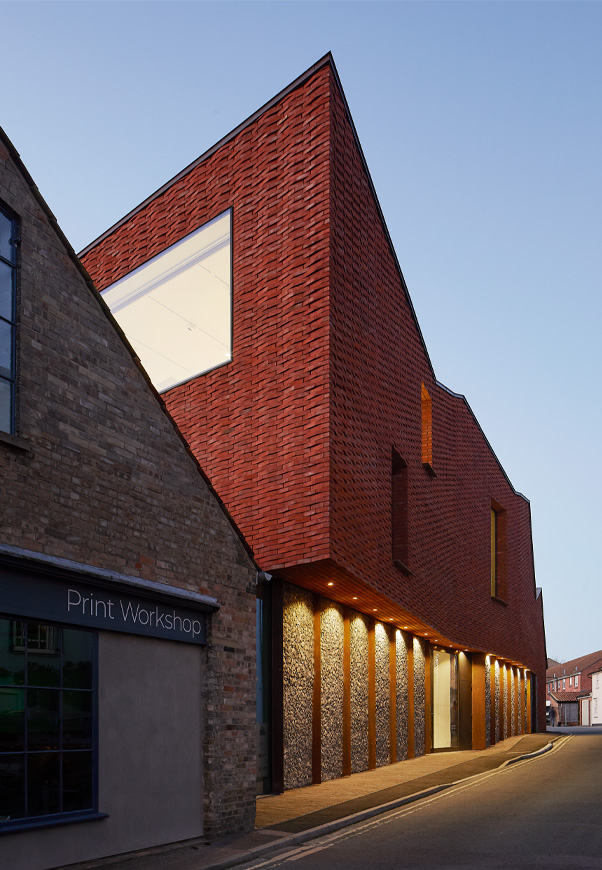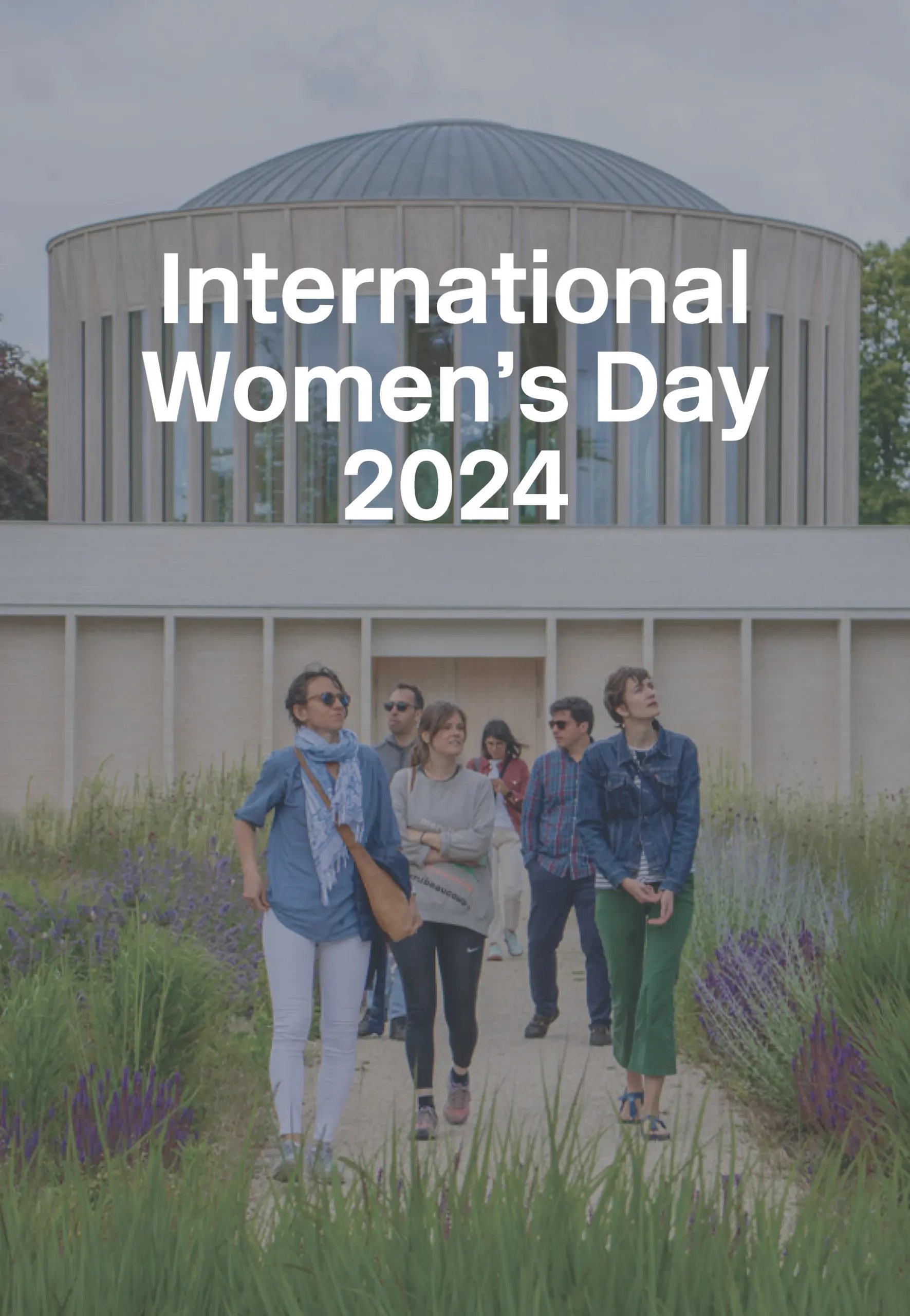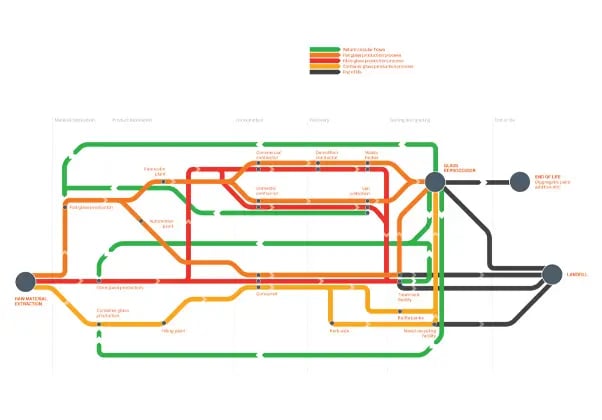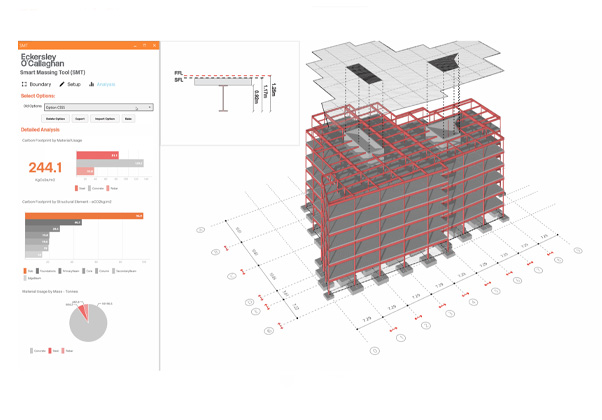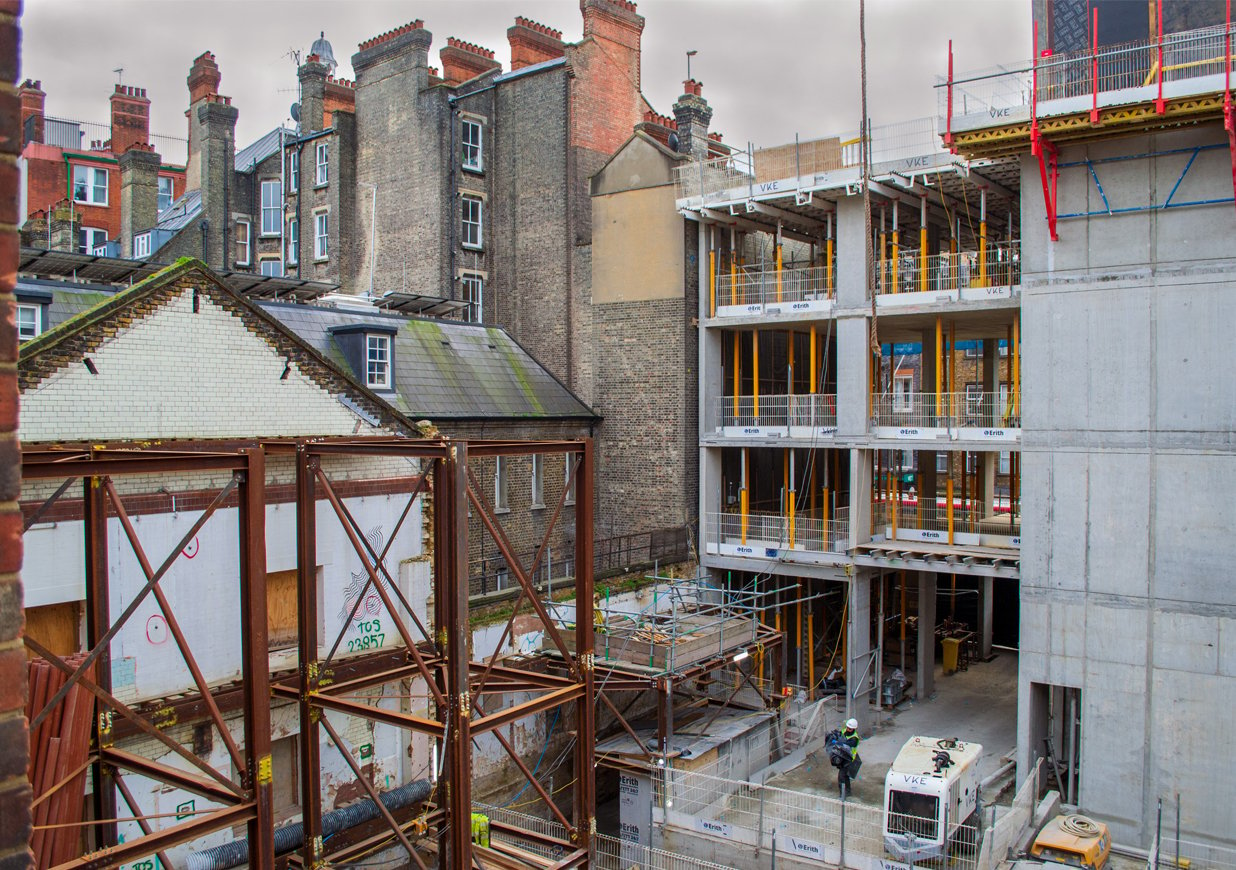Climate Friday | Part L 2020 – We need to be more bold
2 July 2021

In the first of our Climate Friday series, Director of Facade Engineering Damian Rogan shares his thoughts about why we need to take a bolder stance on the proposed Part L update if we are to meet the governments ambitious 80% reductions in carbon emissions for new homes by 2025.
“The UK government’s consultation on a new Part L 2020 closes next week. This new standard is due to be the mechanism by which we will achieve an 80% carbon emissions reduction for new homes by 2025.
But, while we wholeheartedly support this ambitious goal, we’re left questioning if the proposed Part L 2020 really puts us on a path to meet the target?
Part L is the means for regulating energy performance of buildings in England and Wales. It will feed into and form the basis of the government’s proposed Future Homes Standard which, when published, will set the 80% reduction targets.
Part L is long overdue for an update. The last substantial change was in 2013 and it’s out of step with public concern about the Climate Emergency. Many local authorities (incl. London, Bristol, Manchester and others) already require new buildings to achieve standards well beyond current Part L.
The government’s proposed changes in the Part L 2020 document will, they say, result in buildings that are around 25-30% better than those designed to the old standard. But we’re already achieving 35% better for new buildings in London due to the ambitious requirements of the London Plan. Worse, they propose to strip local authorities of powers to impose more stringent requirements than mandated by Part L.
So, in many ways, we see the proposed Part L 2020 as a step backwards.
This is why we’re using our voice in this consultation to advocate for stronger requirements. We are largely aligned with the views of LETI (London Energy Transformation Initiative www.leti.london) but wanted to call out a few specific points we’d like to see adopted:
- Local authorities must be free to require more stringent standards where they have set their own climate commitments.
- The proposal to measure Primary Energy (PE) rather than Energy In Use (EIU) allows building owners to take substantial benefit from the UK’s cleaner energy grid without actually designing better buildings. As a consequence, some buildings assessed to Part L 2020 and 2013 would appear to perform better under the new standard while actually generating higher emissions. The burden of improved performance should be on building owners as well as energy providers by setting EIU targets.
- Fabric standards (U-values, thermal bridging, air-tightness) should be more stringent and should require better evidence from designers and contractors that modelled values are being achieved in the detail.
- Triple glazing should be assumed as standard in the baseline model. We know that triple glazing has come down in price substantially in recent years as it has become the standard offer in Europe, yet the economic impact assessment overstates the cost.
- The Standard Assessment Procedure (SAP) should be used only for the simplest buildings, while dynamic energy models should be standard for multi-unit residential blocks. SAP is inadequate for dealing with the complexity of such buildings and is open to abuse, underestimating the significance of thermal bridging.
- A fabric-first approach should be adopted, with less freedom to make trade-offs between building envelope performance and technology that may have a shorter lifespan or could be removed by future occupants. The target fabric energy efficiency (TFEE) metric should be retained and not dropped, as proposed.
- Methods to measure actual energy performance should be integrated. While Part L may not be the correct vehicle for this requirement, we need to get to a place where actual performance is linked back to predicted performance, and actual carbon emissions are measured and lowered.
- Embodied carbon needs to be brought into the equation. Again, Part L may not be the right vehicle for this, but operational energy is being reduced to the point where embodied energy can be of equal significance, and we have no standards in place to regulate it or even to approach low-carbon design on a whole life cycle basis
Consultations for the update of Part L close on 7th February and we are now relying on the industry to join us in calling for Part L 2020 to be bolder and more ambitious. Only this way will net-zero buildings actually be within reach.”


